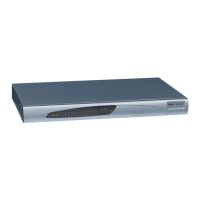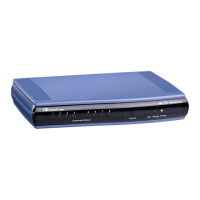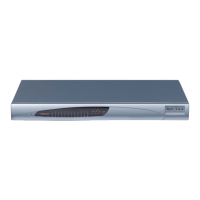[0] Disable = First and second calls use the same RTP
port in the initial outgoing INVITE request. If a three-way
conference is then made, the device sends a re-INVITE to
the held call to retrieve it and to change the RTP port to a
different port number.
For example: The first call is made on port 6000 and
placed on hold. The second call is made, also on port
6000. The device sends a re-INVITE to the held call to
retrieve it and changes the port to 6010.
[1] Enable = First and second calls use different RTP
ports in the initial outgoing INVITE request. If a three-way
conference is then made, the device sends a re-INVITE to
the held call to retrieve it, without changing the port of the
held call.
Notes:
When this feature is enabled and only one RTP port is
available, only one call can be made by the FXS endpoint,
as there is no free RTP port for a second call.
When this feature is enabled and you are using the Call
Forking feature, every forked call is sent with a different
RTP port. As the device can fork a call to up to 10
destinations, the device requires at least 10 free RTP
ports.
This parameter is applicable only to FXS interfaces.
43.10.5.8 MLPP and Emergency Call Parameters
The Multilevel Precedence and Preemption (MLPP) and emergency E911 call parameters
are described in the table below.
Table 43-47: MLPP and Emergency E911 Call Parameters
Parameter Description
Web/EMS: Call Priority Mode
[CallPriorityMode]
Enables priority call handling for all calls.
[0] Disable (default).
[1] MLPP = MLPP Priority Call handling is enabled. MLPP
prioritizes call handling whereby the relative importance of
various kinds of communications is strictly defined, allowing
higher precedence communication at the expense of lower
precedence communications. Higher priority calls override
less priority calls when, for example, congestion occurs in a
network.
[2] Emergency = Preemption of IP-to-Tel E911 emergency
calls. If the device receives an E911 call and there are
unavailable channels to receive the call, the device
terminates one of the channel calls and sends the E911 call
to that channel. The preemption is done only on a channel
pertaining to the same Hunt Group for which the E911 call
was initially destined and if the channel select mode
(configured by the ChannelSelectMode parameter) is set to
other than “By Dest Number” (0). The preemption is done
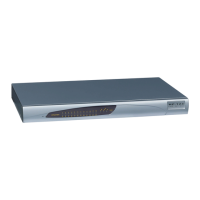
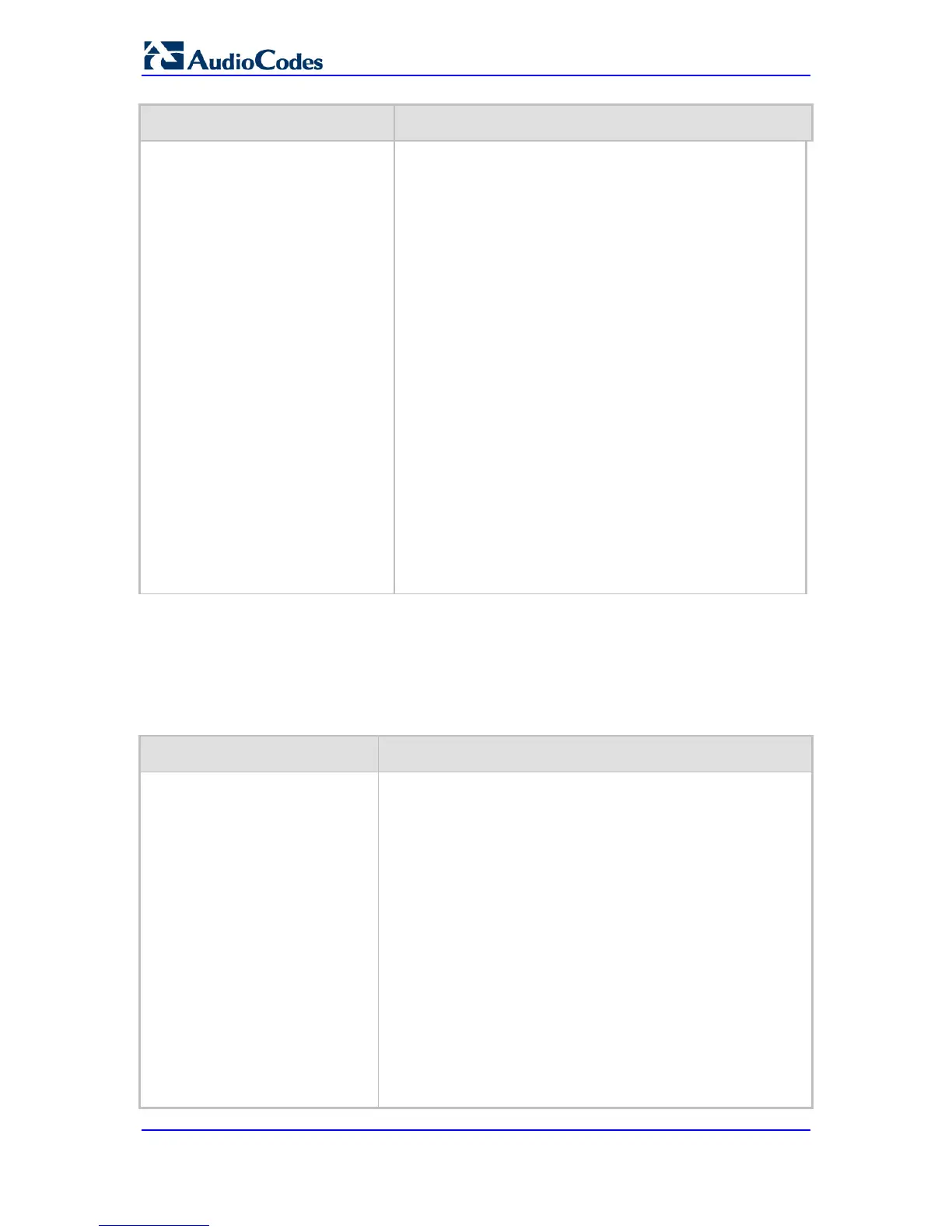